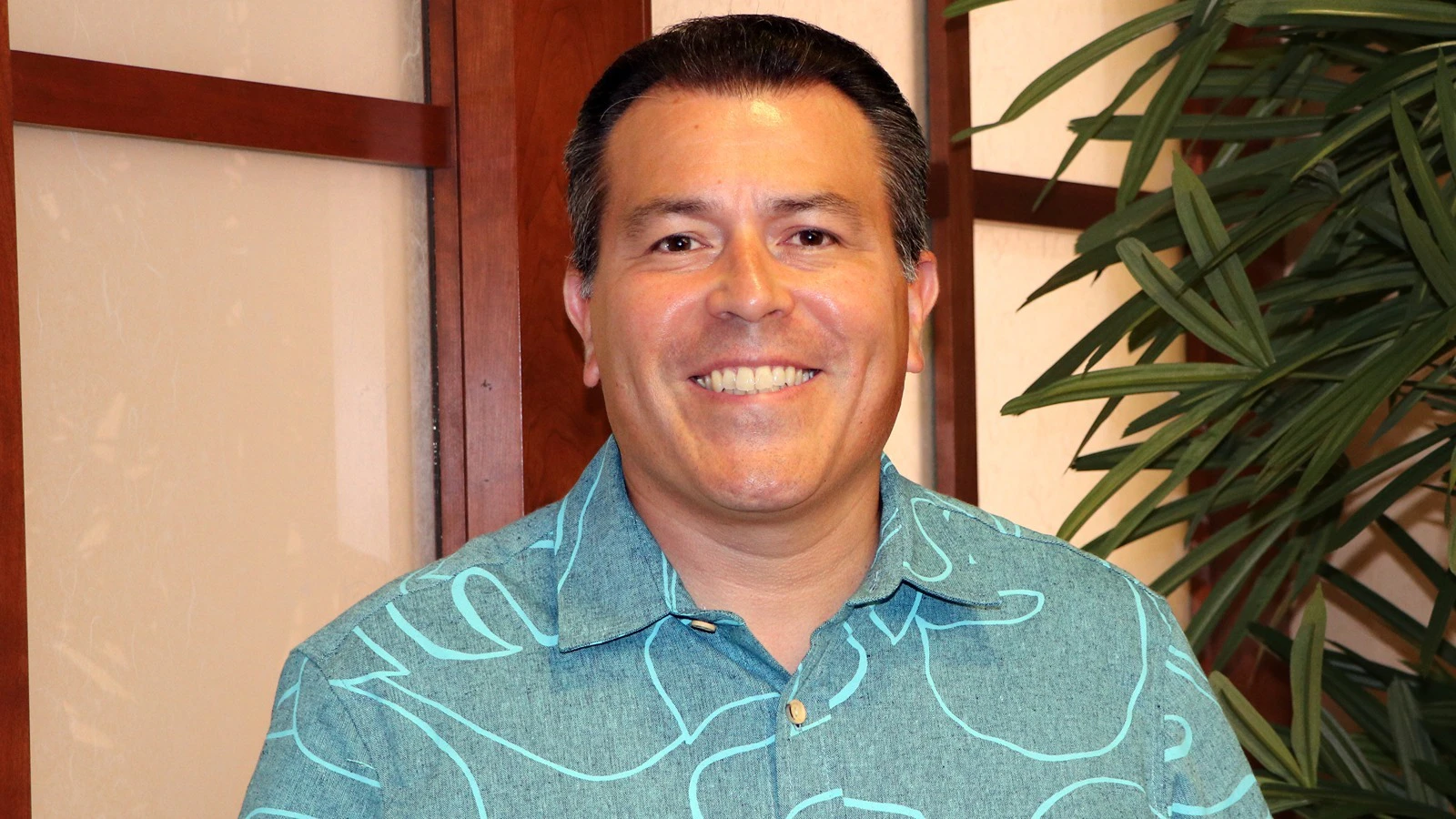Following the 2019 protests by Native Hawaiians against the construction of the Thirty Meter Telescope on Mauna Kea, a new state agency was formed to take over management of the mountain’s summit lands in 2028.
Now, 22 months into its 5-year transition into full power, the Maunakea Stewardship and Oversight Authority has taken a step closer to having a plan.
On April 18, the MKSOA opened bids for contractors to develop a new management plan for the 11,000-acre Mauna Kea Science Reserve, replacing the Comprehensive Management Plan developed by the University of Hawai‘i, the Reserve’s current stewards.
And earlier this month, the Authority released a significant component of that plan: a first draft of its “strategic framework,” which will serve as the guiding principles for the body’s actions going forward.
The draft is short, only three pages long. But MKSOA Executive Director John De Fries described it to Aloha State Daily as the “culmination” of Act 255, the 2022 law that established the Authority.
Act 255 requires the Authority to create multiple plans for the mountain to replace the current UH plans.
The new management plan must take into account the state’s sustainability and climate change goals, Native Hawaiian values and “include an aspirational statement to acknowledge and contextualize unresolved social justice issues,” according to the text of Act 255.
De Fries said the draft strategic framework is necessary. The MKSOA already attempted to draft a management plan for the mountain, but ultimately found the single proposed draft unsatisfactory, rejecting it in October, leaving the Authority to start again.
De Fries said he was unable to comment on the rejected plan because of the state’s procurement process, but suggested that the strategic plan should allow future management plan drafts to be more palatable to the MKSOA board.
The draft framework lists six guiding principles regarding management of the mauna, which will eventually be incorporated into a future Mauna Kea Management Plan by the Authority.
The strategic framework lists a series of guiding principles for the MKSOA, such as an emphasis on the mountain’s significance both culturally and ecologically.
“Obviously there are a lot of concerns about Mauna Kea’s cultural importance and how people behave up there,” De Fries said. “Like, I wouldn’t wear a tank top and skateboard through the Vatican.”
Other guiding principles prioritize minimizing the impact of human development, protecting Native Hawaiian rights and practices, supporting astronomy, restoring natural resources and engaging with the community.
“We’re such a diverse group at the [MKSOA] board,” De Fries said. “That such a diverse group is able to come to an agreement on these principles is a win, I think.”
The MKSOA will select a contractor to develop the new management plan in June 11 and that contractor will begin work on drafting a plan at the end of that month. The process is expected to take 16 – 18 months, putting the completion date around the end of 2026, with 1.5 years left before the handover.
During that process, De Fries said the strategic framework will be finalized and incorporated directly into the management plan.
De Fries emphasized that the strategic framework remains a first draft, and will be refined through public feedback over the coming months.
A public meeting held April 17 in Waimea on the Big Island meeting noted some absences from the document: “What’s missing is some timelines,” said Hawai‘i County Mayor Kimo Alameda. “What’s missing is some accountability, like which groups represent who.”
Alameda added that younger generations, who will experience the long-term impacts of MKSOA’s decisions, were notably absent from the April 17 meeting, which took place at 5 p.m. on a Thursday.
Those concerns will be addressed in future versions of the framework, De Fries said. At the same time, developers of the management plan will also continually consider public feedback through its development process.





